Over two decades, Shahana Goswami has worked across genres, continents, and formats. In her latest series, Four Years Later, she plays Sridevi or ‘Sri’ — a woman pulled between cities, relationships, and versions of herself. Created by Mithila Gupta, the Australian-Indian drama is set between Jaipur and Sydney, tracing what happens to love when time and distance take hold. Last year, Santosh brought Shahana to Cannes. Now, this is the next step.
“I was approached by Dilip Shankar, who is the casting director of the show,” she tells me over a Zoom call. “And funnily enough, I had actually heard about the project through a friend of mine, Richie Mehta, who had also heard about it. I remember him saying, ‘Oh, you would be great for the part.’ And then I forgot about it.” She chuckles. “And then Dilip came to me with this project, and it happened to be the same one.”
When the script came back to her, it felt serendipitous, but was still tinged with hesitation. “Initially, I wasn’t even sure if I was right for it,” she admits. “The character was meant to be much younger than me. But I had one day off in the middle of shooting Santosh, locked myself in a room, and taped four scenes. There was a realness in the emotion and in the way the couple spoke, which wasn’t the usual ‘tu-tu-main-main’ kind of dynamic.”


Shahana Goswami and Akshay Ajit Singh in a still from ‘Four Years Later’ | Photo Credit: Lionsgate Play
Shahana’s portrayal of Sri feels strikingly personal, and what drew her in, she says, was the truth of the character. “She’s a lot like me in terms of her persona and personality,” she says. “And I get very little opportunity to actually play that out. The only other time I really felt I could do that was in Tu Hai Mera Sunday.” The role also marked a rare first: “Suddenly at the age of like 37-38, I was getting an opportunity to be in a romantic series for the first time in my life.”
In playing out that romance, Shahana found herself reflecting on her own ideas of modern relationships. “It was interesting for me to see that the characters meet through an arranged marriage. She’s kind of a diehard romantic, but she’s still open to the idea of meeting a partner through an arranged setup. If she’s failed at finding the person by herself, then why not try other means?”
That openness feels emblematic of a broader shift she’s observed, both personally and culturally. “Over time, I’ve generally been more open, not for myself but in general, to the idea of arranged marriage that I would earlier have maybe judged. I’ve learned and seen through people’s experiences around me that, in a sense, it is no different from a dating app.”

Shahana Goswami and Akshay Ajit Singh in a still from ‘Four Years Later’ | Photo Credit: Lionsgate Play

She speaks too, of letting go of older binaries: “The whole thing of opposites attract is also something that I’ve not been much of a believer in. I now understand that it’s not so much opposites as much as it is complementary personality types that attract. Not looking at every difference as a kind of cog in the wheel, but as something that actually makes you more compatible.”
Shot across Jaipur and Sydney, the shift in setting shaped her performance. Having never been to Sydney before the shoot, Shahana describes filming there as a kind of emotional osmosis. “You do kind of see Sri experience Sydney in real time with you,” she explains. “There was a sense of awe and opening up. I had been to Melbourne before, but Sydney was new, and that newness seeps into her journey.”
Even the act of speaking — switching between Hindi and English and modulating accents — changed across borders. “Code switching is very common, even within parts of India, when you move from one space to another. I was born and raised in South Delhi, but when I moved to Bombay, my Hindi and English changed.”
That porousness of place, language and identity feeds into the show’s portrait of migration. Sri coming to Australia became a kind of unexpected reunion with herself. “If I had to play Yash (played by Akshay Ajit Singh), it would be much harder for me because I’m very adaptable and open as a person, and thrive with travel and new experiences,” she says.


Shahana Goswami and Akshay Ajit Singh in a still from ‘Four Years Later’ | Photo Credit: Lionsgate Play
When asked about the rise of diasporic South Asian storytelling, she remarks on how the series seems like the first of its kind. “This kind of show has never actually happened before,” she says. “Two Indians in the lead, speaking in their own accent in English. Usually, either the character is native to that country, or they adopt the accent of the country. But this is our reality. English with sputterings of Hindi. It’s how many of us live. And yet we rarely see it on screen.”
And it’s not something she looked to past diasporic films to model. “I don’t think that I’m someone who ever leans into other experiences because each story and each narrative is so different. What was useful was my own lived experience and that of people around me who are similar and from this milieu.”

Zohran Mamdani’s historic election as New York City’s new mayor — and the fact that he’s diasporic stalwart Mira Nair’s son — was hard not to bring up in conversation. But his win played out against a troubling rise in anti-immigrant sentiments across the United States and elsewhere. Shahana reflects on the role of art in that fight, saying, “I do think that art reflects life and oftentimes art influences life,” she says. “Part of the reason why Zohran was successful was perhaps because we’re living in a time of unbelievable polarisation where the other extreme is so strong. Sometimes you do need an extreme to combat an extreme.” Still, she believes in the role of art in shaping possibility. “This is a beautiful way in which the city [New York] has shown its solidarity in wanting a different kind of society and community and future.”
Does she see herself as part of this growing global wave of South Asian storytelling? “I hope so,” she says. “Every drop in the ocean matters. You’re seeing more brown people on screen without needing to explain their presence. Films like Santosh or All We Imagine As Light — by Indians and for Indians — travel far. But that doesn’t necessarily mean that just because you’re brown, you should only be telling brown stories.”

Shahana Goswami and Akshay Ajit Singh in a still from ‘Four Years Later’ | Photo Credit: Lionsgate Play
And though mainstream Indian cinema has a way to go, Shahana also seems optimistic about the progress made in the industry’s blind spots. “The narratives are changing. The roles are more nuanced, not just for women, but for men too. There’s much more focus on the male vulnerability or the fact that men are also victims of patriarchy.”
Even her dreams are articulated with a giddy precision. “Denis Villeneuve is on top of my list because I’ve loved all his films. I think that he has this beautiful balance of being able to do something on a very large scale, but with deep emotion and great cinematic value,” she says. “Arrival is my favourite. I keep manifesting that I’ll be in Dune 3, because that universe includes everyone from different parts of the world.”
And if Villeneuve doesn’t call? “Pedro Almodóvar,” she says without missing a beat. “I thought it would never happen because when would I ever learn Spanish? But now he’s making English films. So maybe. Just maybe.”
Four Years Later is currently available to stream on Lionsgate Play

 6 hours ago
1
6 hours ago
1
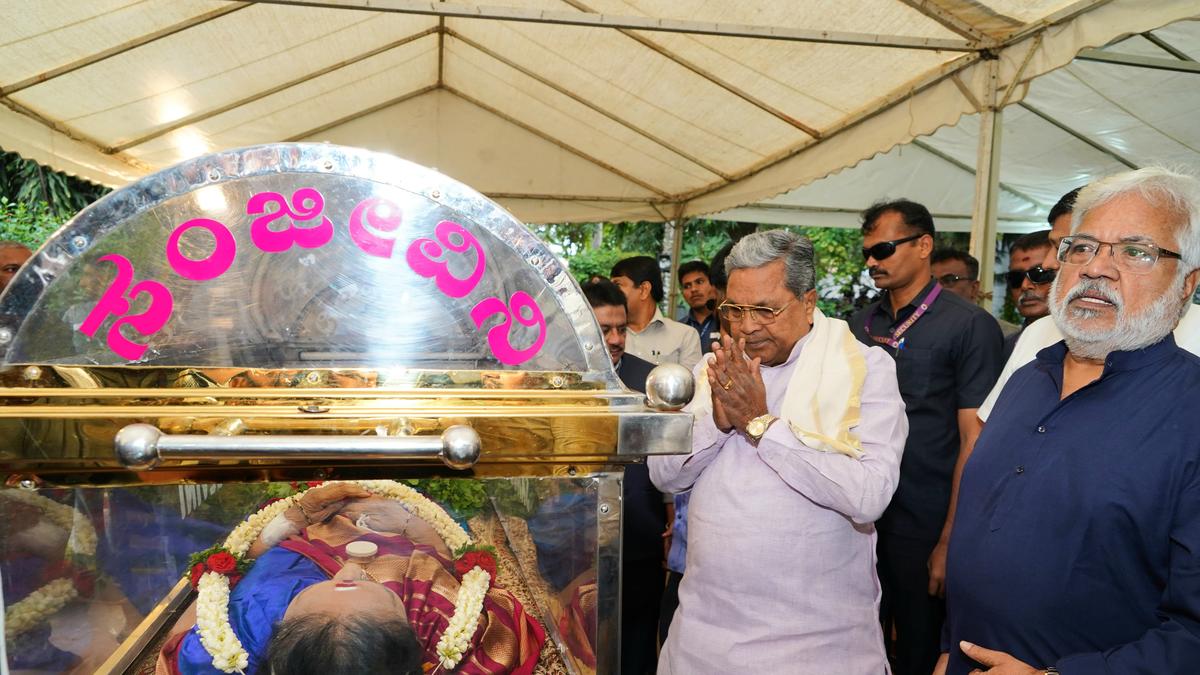
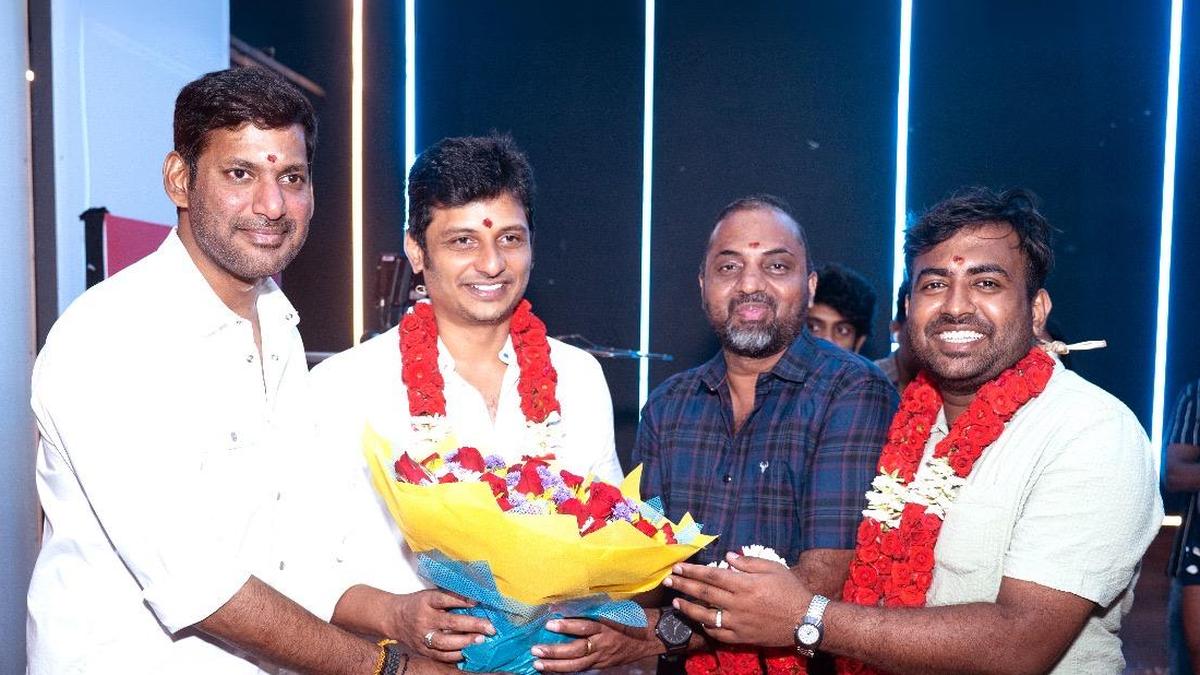
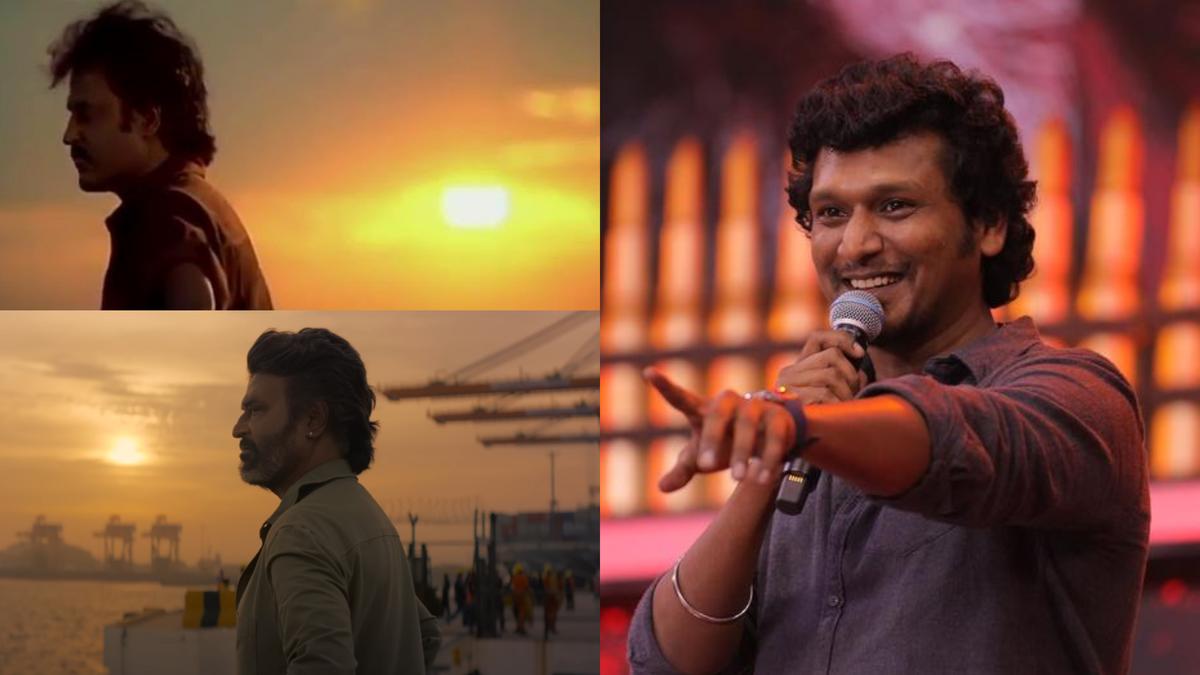


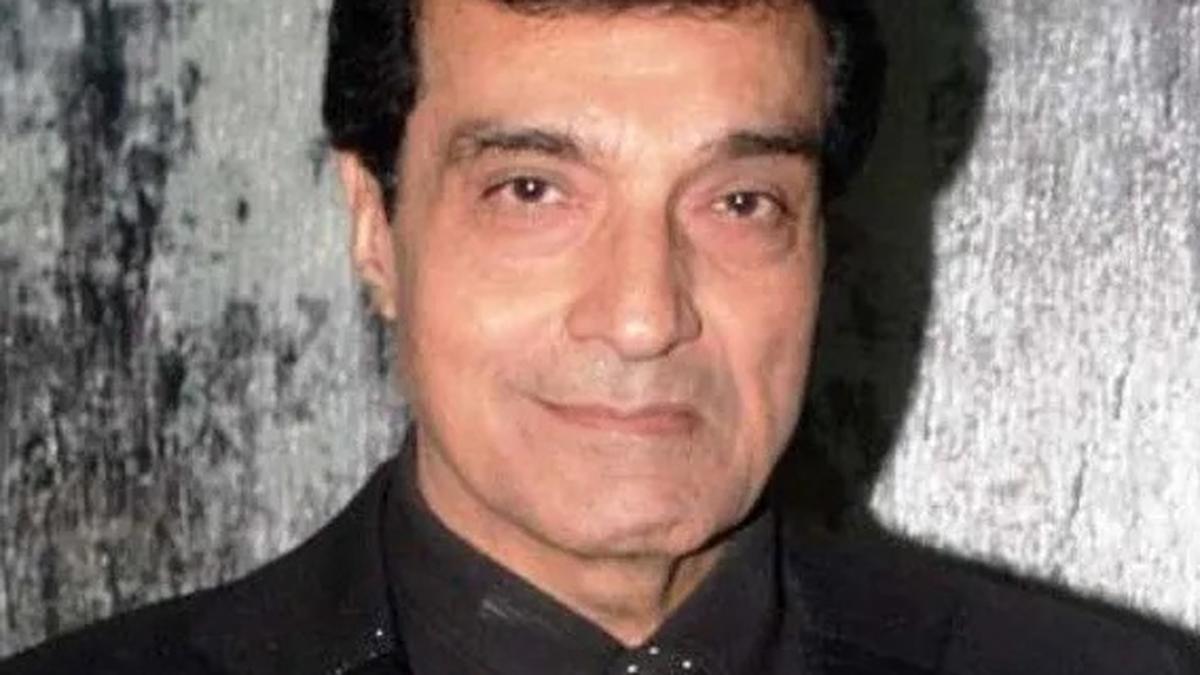



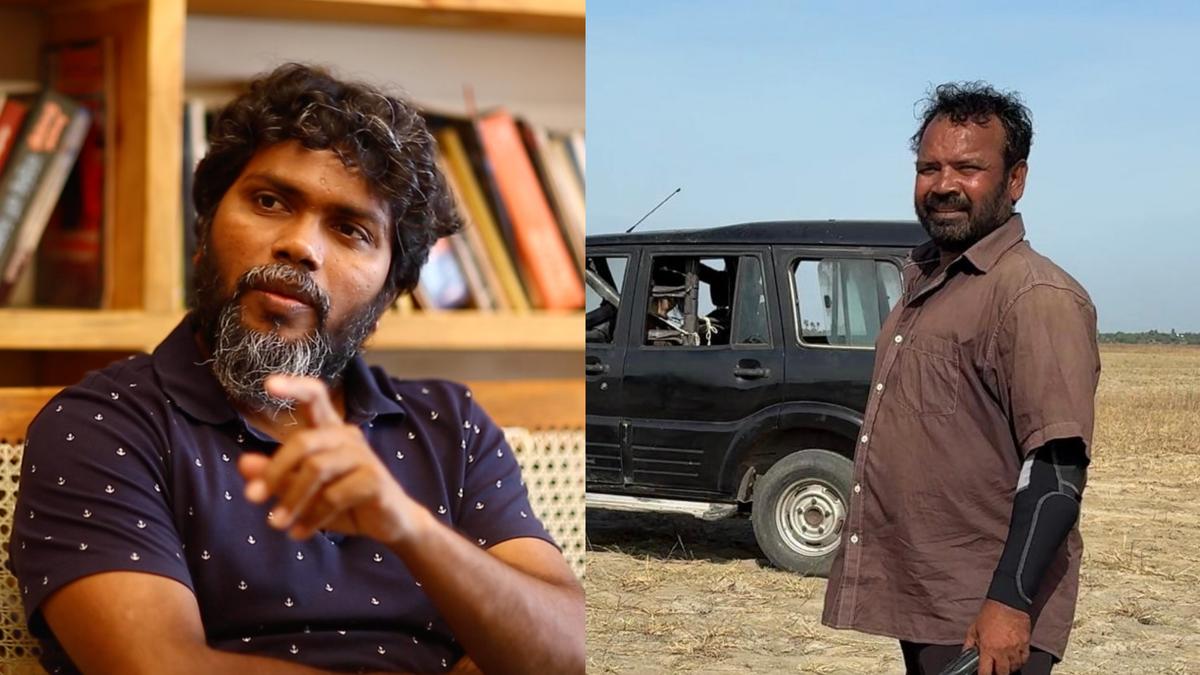

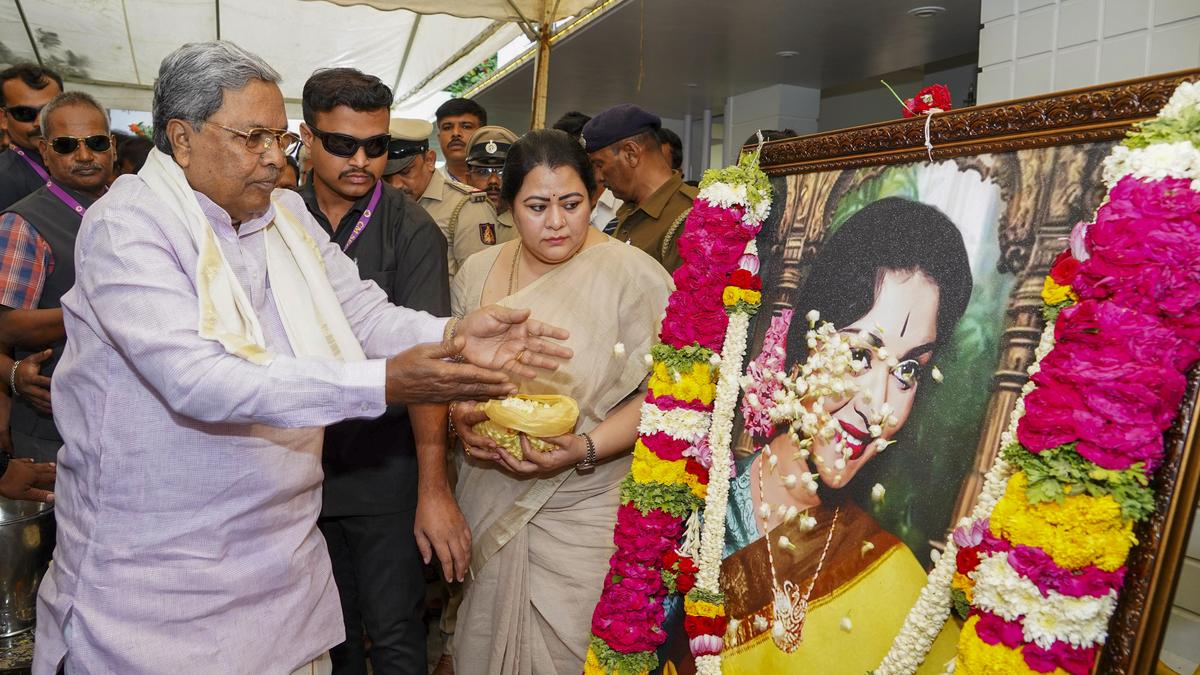

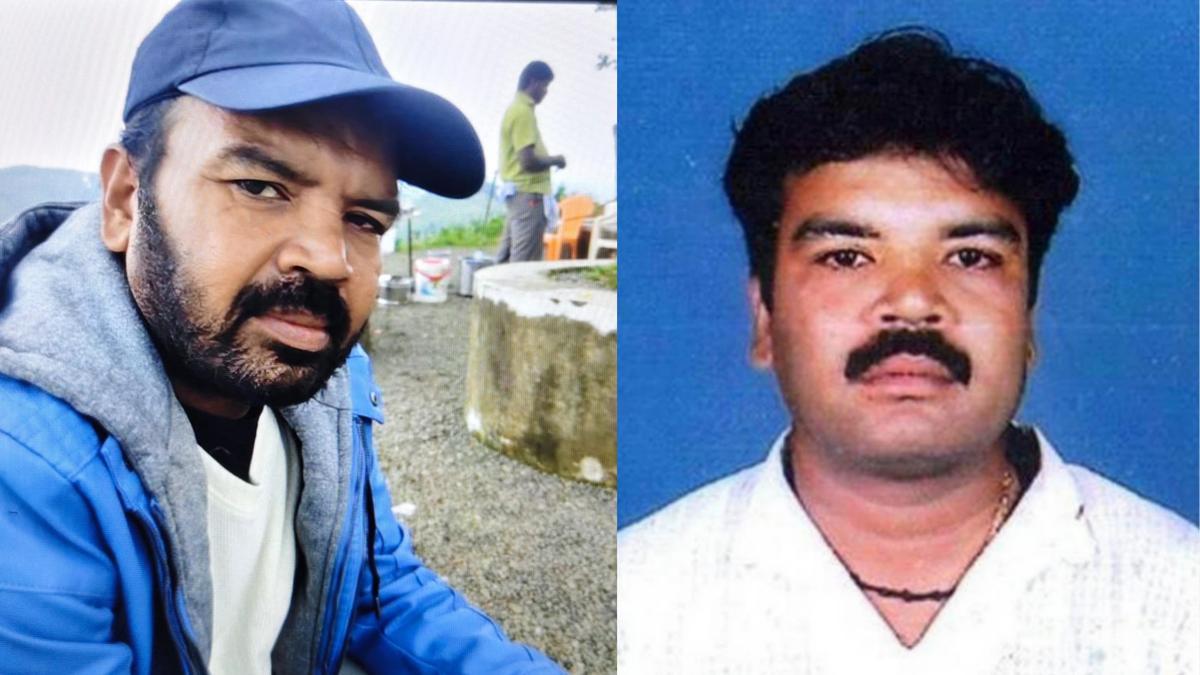
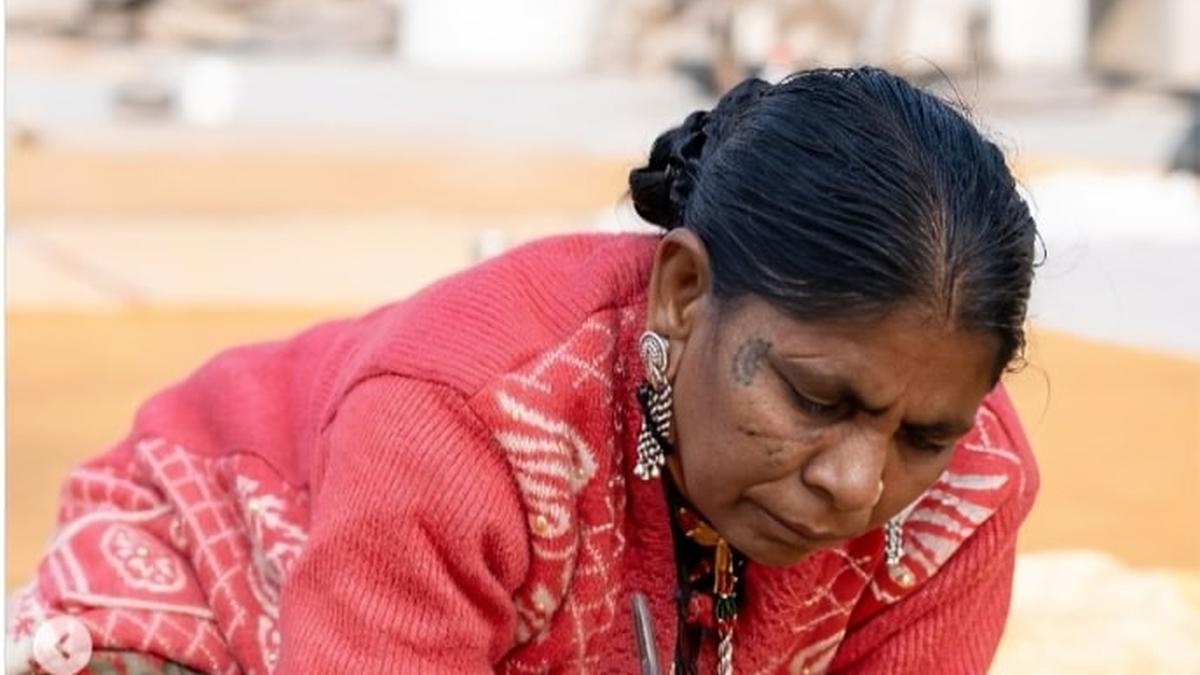
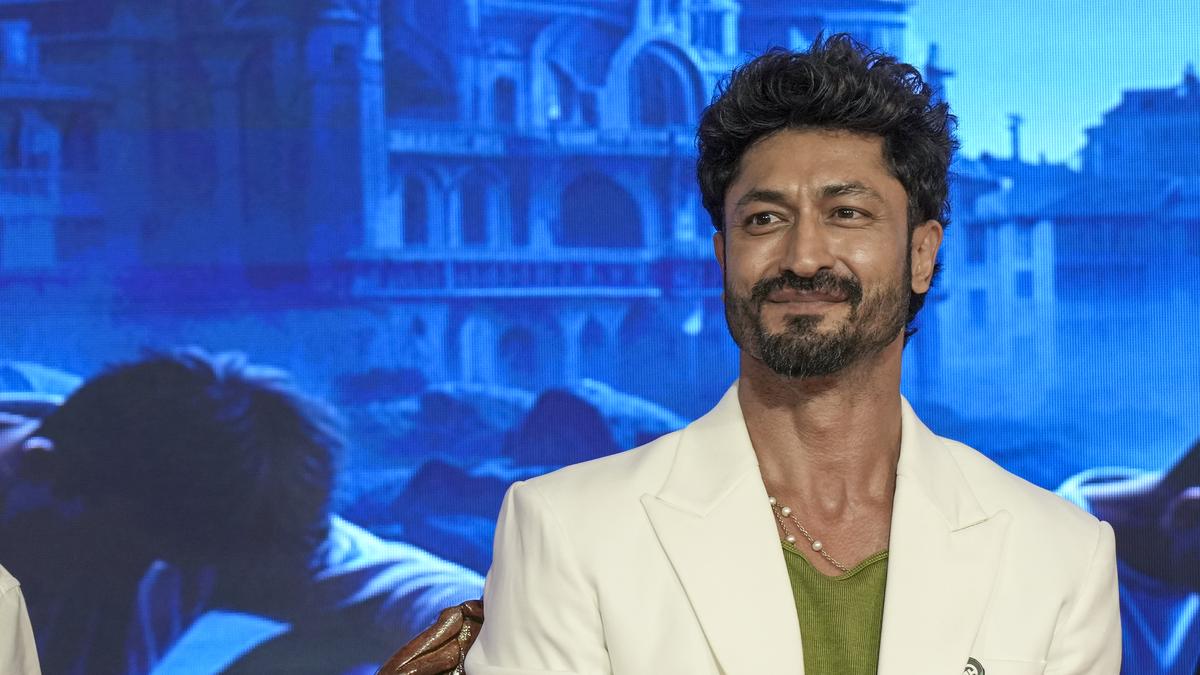

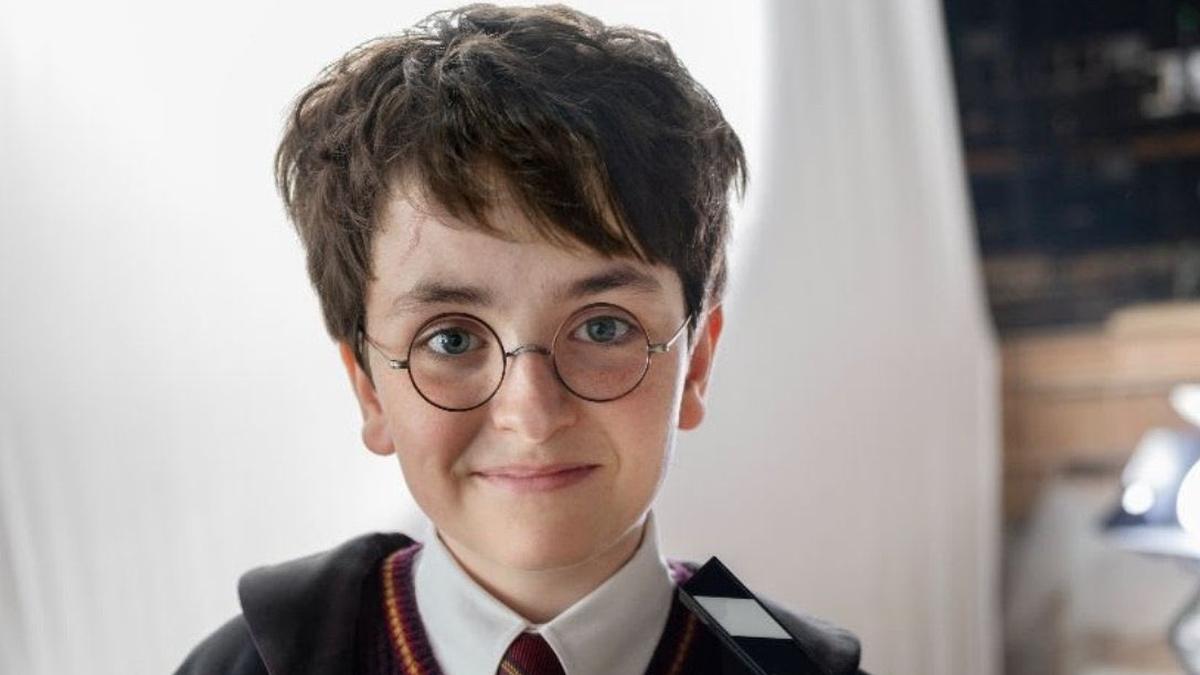
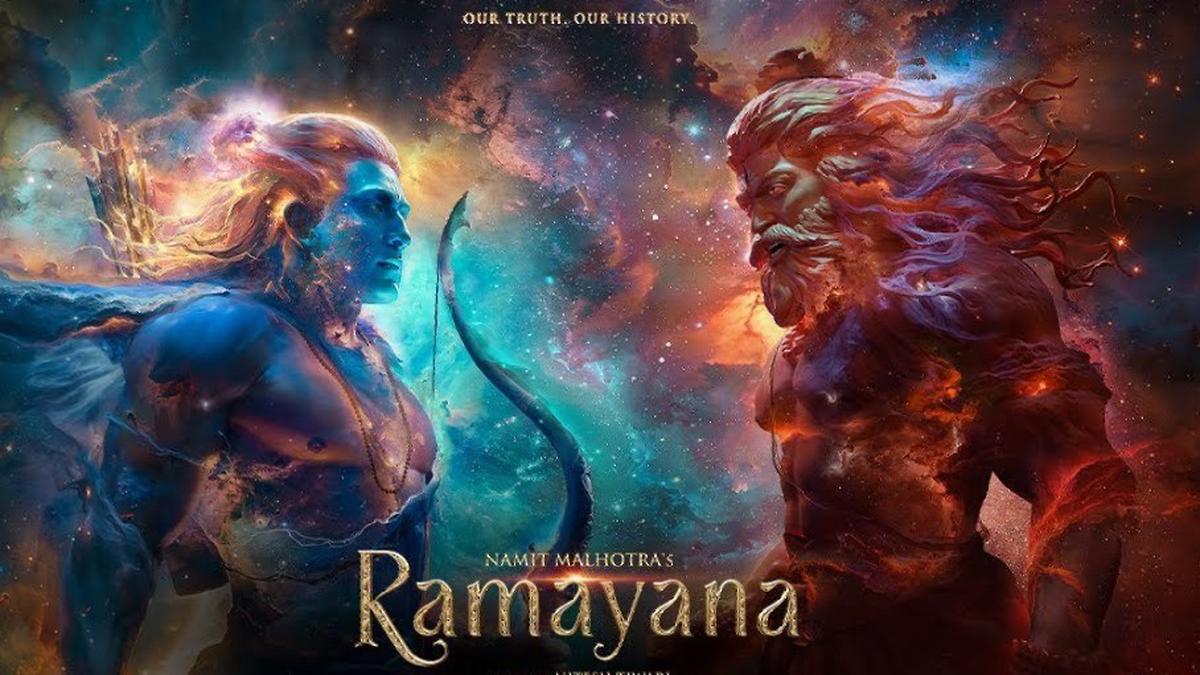
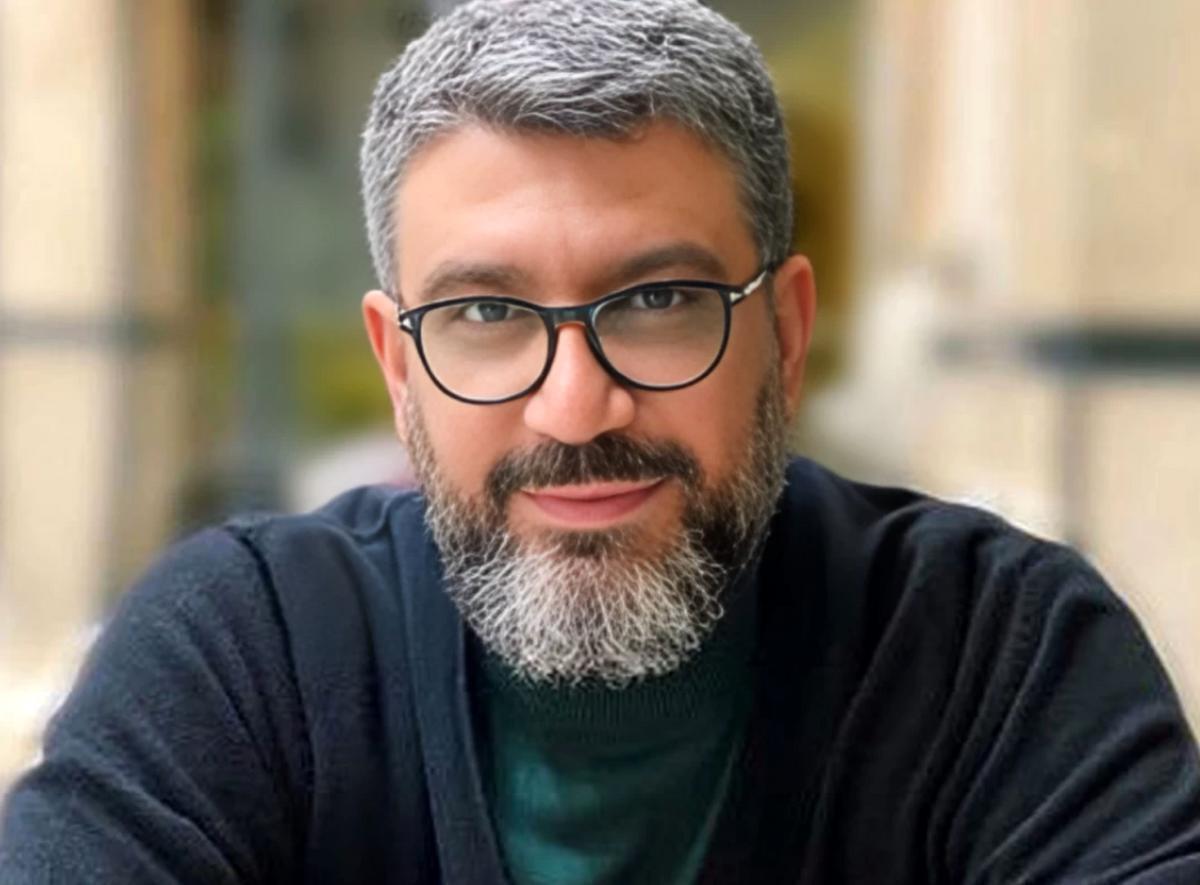
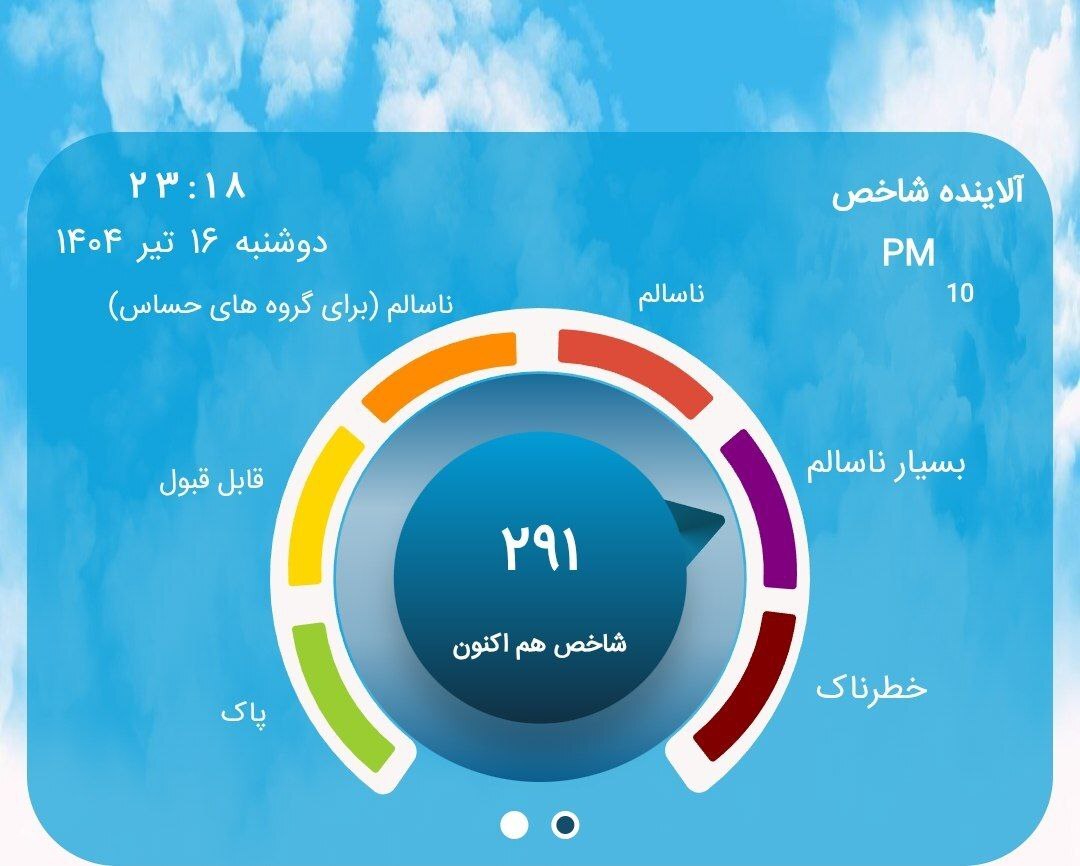
 English (US) ·
English (US) ·